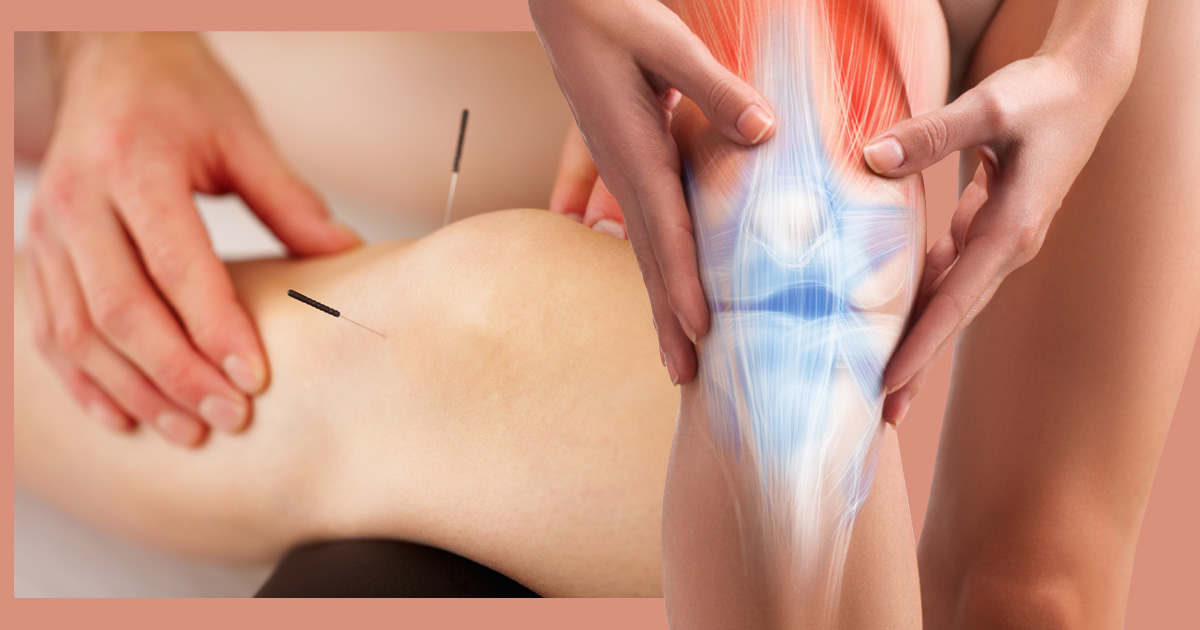Top Acupuncture Points for Knee Osteoarthritis Relief

Dealing with knee osteoarthritis can be a real struggle. The constant pain, stiffness, and limited mobility can make everyday tasks feel like climbing a mountain. While there are various treatments available, many people are exploring acupuncture as a natural way to find relief. Let’s dive into how this ancient practice might help ease those achy knees.
Understanding Knee Osteoarthritis
Knee osteoarthritis is a common condition where the protective cartilage in the knee joint gradually wears away. This leads to bones rubbing against each other, causing pain, swelling, and reduced movement. Factors like aging, obesity, previous injuries, and genetics can increase the risk of developing this condition. Traditional treatments often include medications, physical therapy, and in severe cases, surgery. However, some individuals are turning to alternative therapies, such as acupuncture, to manage their symptoms.
How Acupuncture Works
Acupuncture is a key component of traditional Chinese medicine that has been practiced for thousands of years. It involves inserting very thin needles into specific points on the body to balance the flow of energy, known as “qi” (pronounced “chee”). The idea is that stimulating these points can help restore the body’s natural balance and promote healing. For knee osteoarthritis, certain acupuncture points are targeted to help reduce pain and improve joint function.
Key Acupuncture Points for Knee Pain
Several acupuncture points are commonly used to address knee discomfort:
- ST35 (Dubi): Located just below the kneecap on the outer side. Stimulating this point can help alleviate knee pain and swelling.
- ST36 (Zusanli): Found on the outer leg, a bit below the knee. This point is believed to boost overall energy and strengthen the body, which can support knee health.
- SP9 (Yinlingquan): Situated below the inner knee. It’s often used to reduce dampness and swelling in the knee area.
- GB34 (Yanglingquan): Located just below the outer knee, above the shinbone. This point is thought to benefit tendons and joints, aiding in knee flexibility.
- SP10 (Xuehai): Found above the inner knee, this point is used to invigorate blood flow and reduce knee pain.
- LR8 (Ququan): Located on the inside of the knee where the crease ends when the knee is bent. Stimulating this point can help relieve knee pain and stiffness.
- KI10 (Yingu): Situated on the inner edge of the knee crease, in the hollow between the two tendons. This point is used to alleviate knee pain and support joint health.
- BL40 (Weizhong): Found in the center of the back of the knee in the crease of the knee joint. Stimulating this point can help relieve knee pain and stiffness.
Benefits of Acupuncture for Knee Osteoarthritis
Research suggests that acupuncture can offer several advantages for those with knee osteoarthritis:
- Many studies have found that acupuncture can significantly lessen knee pain, providing a natural alternative to pain medications.
- Regular acupuncture sessions may enhance knee mobility, making it easier to perform daily activities.
- Some research indicates that the benefits of acupuncture can persist for months after treatment ends.
- Acupuncture may help decrease inflammation in the knee joint, contributing to pain relief and improved function.
- Acupuncture can enhance quality of life for individuals with knee osteoarthritis by easing pain and increasing mobility.
Combining Acupuncture with Other Therapies
Pairing acupuncture with other treatments might yield even better results. For instance, combining acupuncture with exercise has been shown to further reduce pain and improve knee function. Some studies suggest that integrating acupuncture with physical therapy can enhance overall outcomes. Always consult with your healthcare provider to develop a treatment plan that’s right for you.
Safety and Considerations
Acupuncture is generally safe when performed by a qualified practitioner. However, it’s essential to ensure that sterile needles are used to prevent infections. Some people might experience minor bruising or soreness at the needle sites, but serious side effects are rare. It’s important to discuss any existing health conditions or concerns with your acupuncturist before starting treatment.
What to Expect During a Session
During an acupuncture session, the practitioner will insert thin needles into specific points on your body. You might feel a slight tingling or warmth, but it shouldn’t be painful. Sessions typically last about 30 minutes, and the number of sessions needed can vary based on individual needs. Some people notice improvements after a few sessions, while others may require more extended treatment to experience significant benefits.
Exploring Acupuncture for Knee Relief
Living with knee osteoarthritis can be challenging, but acupuncture offers a promising option to manage pain and improve function. Always consult with your healthcare provider before starting any new treatment to ensure it’s appropriate for your situation. With the right approach, you can take steps toward a more comfortable and active life.
